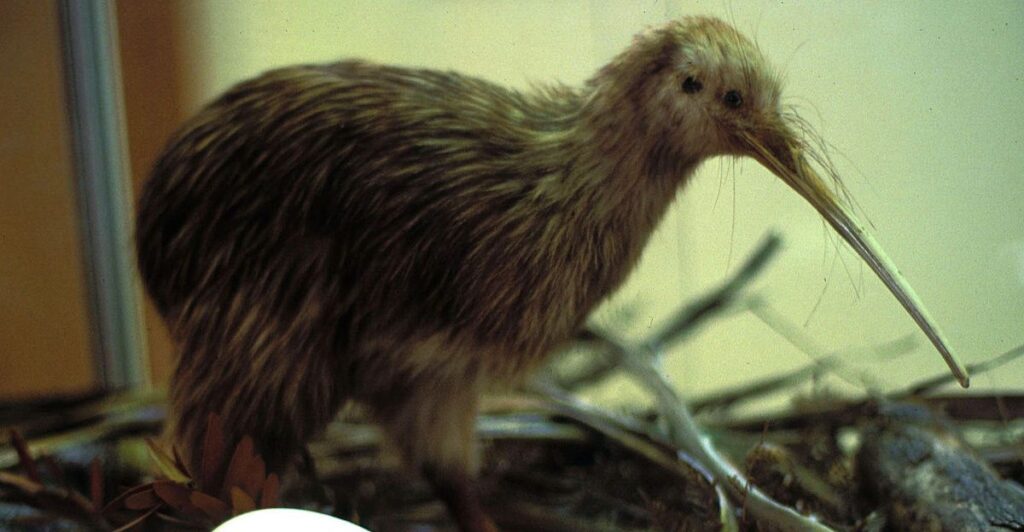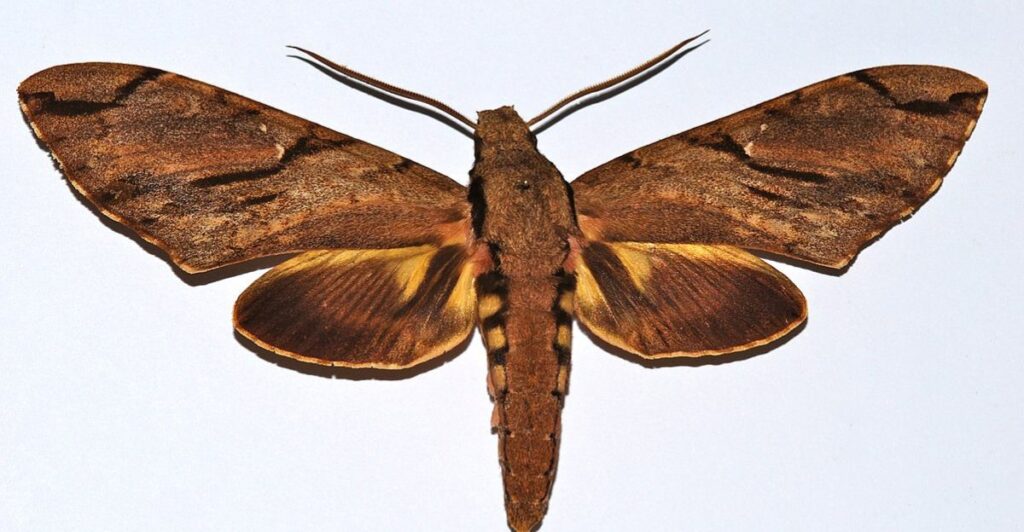
Evolutionary isolation has given rise to some of the most unique and fascinating creatures on Earth. These 12 animals, shaped by their secluded environments, showcase nature’s ability to craft incredible adaptations, proving that isolation can be a powerful force in the evolution of life.
1. A Bite Beyond Ordinary: Komodo Dragons

Deep in Indonesian islands, Komodo dragons evolved venom so powerful it can eliminate prey within hours. Their predation strategies enable them to finish hunts that others cannot. These solitary giants, unmatched in their ecosystems, exemplify how seclusion breeds apex evolution without rival predators.
2. Darwin’s Turning Point: Galápagos Finches

The Galápagos finches evolved distinct beak shapes, pointed for insects and broad for seeds, perfectly suited to the island’s resources. Such an extraordinary diversity of species inspired Darwin’s groundbreaking theory of natural selection and demonstrated that isolation can lead to an evolutionary boom.
3. Ocean Divers Unlike Any Other: Marine Iguanas

Marine iguanas defy reptilian norms by plunging into the Pacific to graze on underwater algae. They have developed flat tails for swimming and nasal glands to expel salt. Found only in the Galápagos, these unique reptiles demonstrate that remoteness can push even lizards into the ocean.
4. Nature’s Feathered Oddity: Kiwis

Imagine a bird with fur-like feathers, massive eggs, and nostrils on its beak. That’s New Zealand’s Kiwi! Without natural predators, it evolved nocturnal habits and strong legs to forage underground. Due to its seclusion, this bird developed traits that are found nowhere else in the avian world.
5. Freshwater Jewels: African Cichlids

In Africa’s Rift Valley lakes, over 500 cichlid species dazzle with colors and behaviors. Some sift sand for food, others ambush prey, all thriving in predator-free waters. Native to Africa’s Great Lakes—Malawi, Tanganyika, and Victoria—these fish have undergone extensive adaptive radiation, resulting in hundreds of unique species.
6. Masters of Song and Survival: Hawaiian Honeycreepers

Evolving from a common ancestor associated with the rosefinches, these honeycreepers have diversified into numerous species, and each adapted to unique ecological niches within the islands. This diversification has resulted in many beak shapes and sizes. Hence, exposure to different food sources such as nectar, insects, and seeds.
7. Survivors of Time: Aldabra Tortoises

On the sun-scorched Seychelles islands, Aldabra giant tortoises adapted to scarcity with slow metabolisms and water-storing shells. Living for over a century, they exemplify resilience born of solitude. Their ancient presence continues to shape the ecology of their remote home today.
8. Elusive Forest Engineers: Pygmy Hippos

Unlike their river-dwelling cousins, these hippos mastered life in dense West African forests. The smaller size helps them maneuver through tight spaces, while their reclusive behavior helps them avoid predators. Surviving in such an isolated niche showcases a triumph of quiet adaptation.
9. The Red Tides of Christmas Island: Red Crabs

A million-strong march turns Christmas Island crimson each year. These crabs breed on beaches, then retreat inland to dominate the ecosystem. Without predators, they shape their environment in ways few species can. The spectacle of solitary evolution is evident in their migrations.
10. Hidden by Nature’s Hand: Darwin’s Moths

Camouflage defines Darwin’s moths on the Galápagos. Patterns resembling bark and leaves evolved to outwit predators. Nocturnal habits further protect them in their remote habitat, which makes these tiny masters of disguise an example of evolution’s artistry in the absence of external threats.
11. Guardians of Madagascar: Lemurs

As the island’s first mammalian inhabitants, lemurs diversified into over 100 unique species. Ranging from bamboo specialists to insect hunters, they dominate niches left open by other mammals’ absence. Madagascar’s unbroken isolation turned these primates into a showcase of adaptation unmatched elsewhere.
12. Nature’s Warning Signs: Tomato Frogs

Madagascar’s tomato frogs developed bright red skin to warn predators of their harmful secretions. The separation allowed these amphibians to evolve bold defenses, a rarity in other frogs. In the predator-light environments they call home, vibrant warning signals ensure their survival.
Stay connected with us for more stories like this! Follow us to get the latest updates or hit the Follow button at the top of this article, and let us know what you think by leaving your feedback below. We’d love to hear from you!







